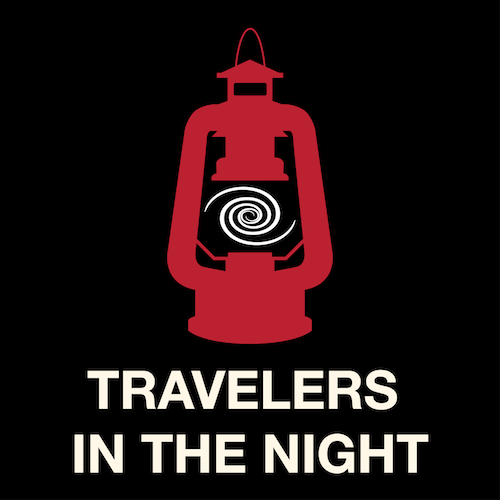This month the episode comes from the dark skies of Wales as it is AstroCamp time! Discussion of Hera and Europa Clipper probes, comet news and the live recording of the Astrocamp panel! Enjoy


This month the episode comes from the dark skies of Wales as it is AstroCamp time! Discussion of Hera and Europa Clipper probes, comet news and the live recording of the Astrocamp panel! Enjoy

From the medieval portends of doom to the space age, we know they’ve been devastating the solar system for billions of years. But what are they?

Today we have stories about using Rosetta to create watercolor paintings, sculptures, a musical collaboration, and smell of comet


Brian Africano discovered his 4th comet in the constellation of Ursa Major & a story about large fireball meteor which exploded over Cuba

Astronomers working with the ATLAS project reported that the perviously normally appearing asteroid 6478 Gault now has a 250,000 mile long straight tail!

Today’s Travelers in the Night discuss about asteroid discoveries by Rose Matheny & a break up comet from a far


Today’s Traveler in the Night
discuss about the Earth’s dancing partner and the collisions between planets, planetesimals, asteroids, and comets that produced the place where we live.

Scientists have retrieved samples from other objects in the Solar System, including comets and asteroids. What does it take to return a piece of rock from space, and what have we learned so far?